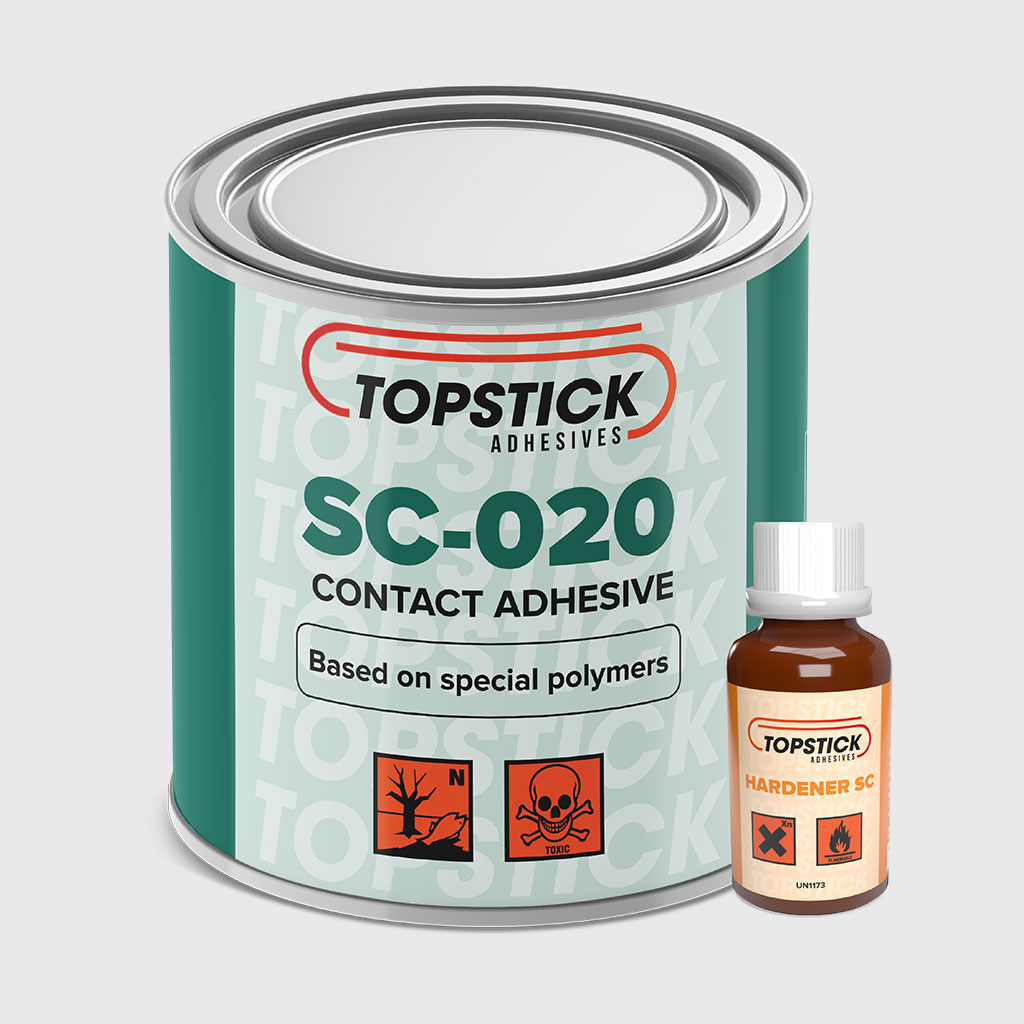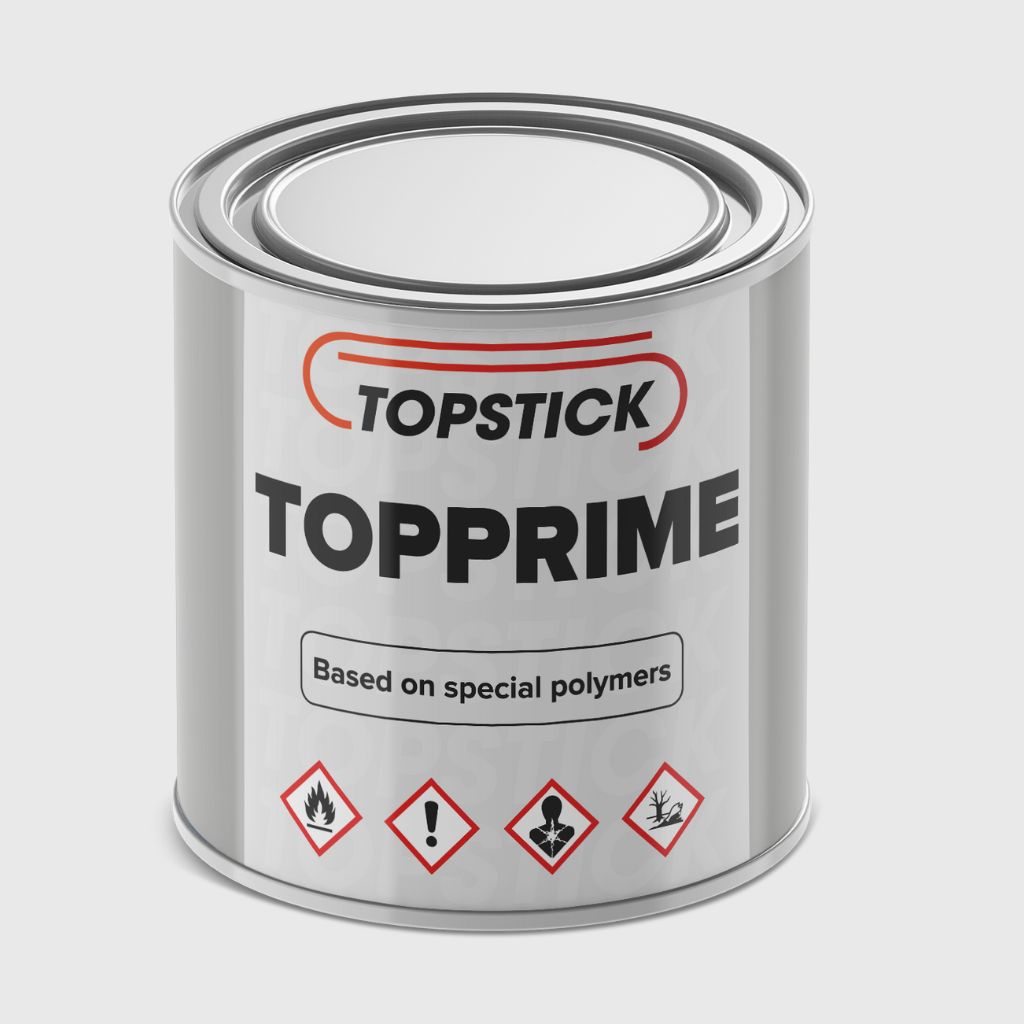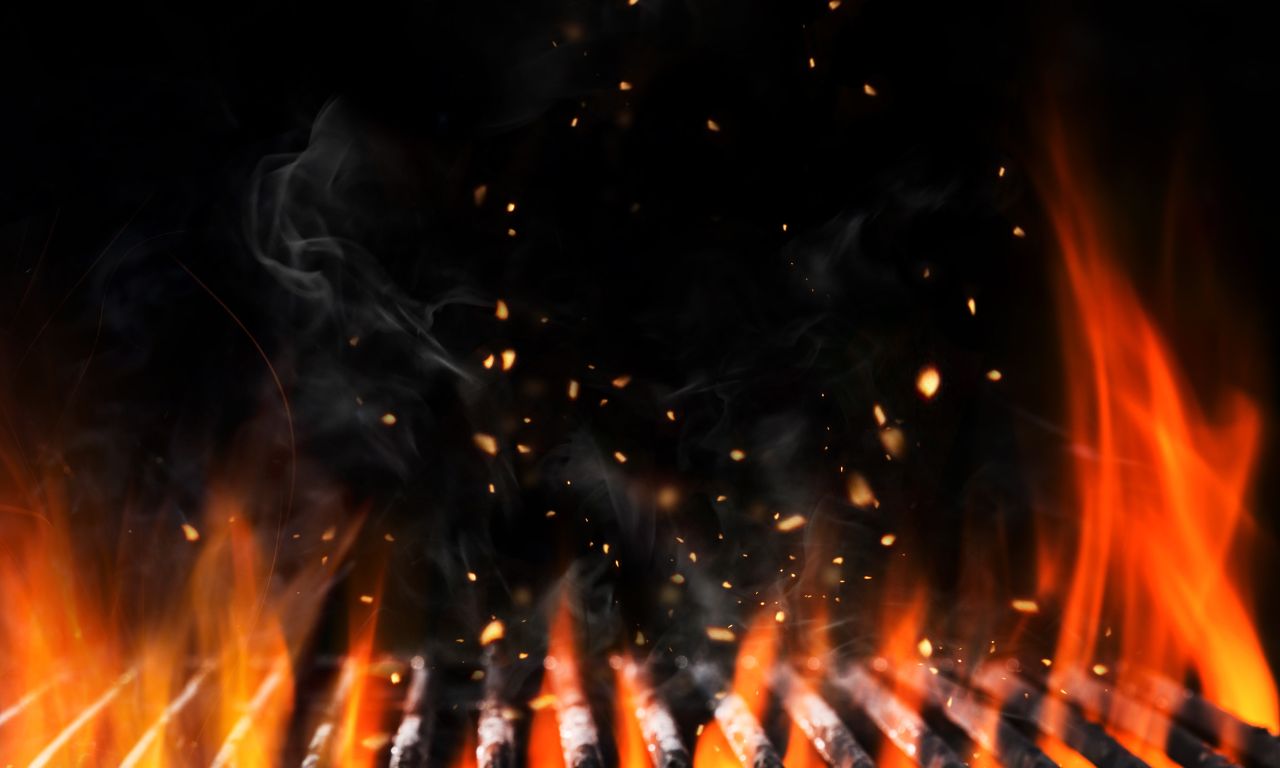In underground mines, enclosed processing rooms, and ATEX-sensitive areas, heat and sparks are more than a nuisance—they’re a hazard. When welding or hot work is out of the question, non-flammable bonding agents let maintenance teams complete critical repairs quickly and safely without compromising strength or uptime.
When “Flame-Free” Is Non-Negotiable
Use a non-flammable adhesive when:
- You’re working underground or in confined spaces with limited ventilation.
- There’s combustible dust, vapour, or gas near the work area.
- A hot-work permit is impractical or delays production.
- You need cold splicing or rubber-to-metal bonding on live systems.
What Sets Industrial Non-Flammable Adhesives Apart
Compared with standard solvented contact cements, industrial non-flammable systems typically deliver:
- Increased ignition safety (no flammable propellants/solvents).
- Consistent curing at ambient temperatures (no hot work needed).
- Robust adhesion to rubber, fabric carcass, and prepared metals.
- Lower odour/volatile load, friendlier for enclosed or shift-busy sites.
Common High-Risk Use Cases
- Cold splicing & patching of rubber conveyor belts in headings/declines.
- Rubber lining in tanks, chutes and slurry piping near ignition sources.
- Rubber-to-metal bonding on pulleys, idlers and wear plates without hot work.
- Gasket seating and vibration control where heat use is restricted.
Selection Checklist
Before you pick a non-flammable adhesive, confirm:
- Substrates: Rubber type (NR/SBR, NBR, etc.), fabric, prepared metal.
- Environment: Ventilation, humidity, dust load, temperature range.
- Duty: Dynamic load, vibration, impact, chemical splash.
- Cure profile: Pot life/open time enough for placement; time to handling strength.
- Application method: Brush/roller coverage, surface accessibility, clamping options.
- Compatibility: Primer required? (e.g., metal primer for prepared steel/aluminium).
- Documentation: MSDS/TDS available for permitting and PPE sign-off.
Product Spotlight: Topstick SC-020
What it’s for: Cold splicing and rubber-to-metal/rubber-to-fabric bonding in flame-sensitive zones.
Why teams use it:
- Non-flammable, two-component reliability for consistent cure.
- High bond strength under vibration and impact.
- Works in confined spaces where hot work is restricted.
- Pair with Topprime on steel or aluminium to maximise adhesion and corrosion resistance.


View the full product range.
Application Best Practices (That Prevent Rework)
- Degrease → abrade → dust-off → prime (if metal). Don’t abrade before degreasing.
- Respect mix ratios for two-part systems; note pot life.
- Uniform film on both surfaces; allow correct flash/off-gassing if specified.
- Firm pressure during assembly; avoid early mechanical load.
- Cure to spec before returning equipment to duty.
Avoid These Failure Traps
- Poor surface prep (invisible oil or mill scale) → early peel/failure.
- Rushing the cure to beat a shift change → bond creeps under load.
- Wrong product for rubber family or temperature band → brittle joints.
- Skipping primer on metal → reduced peel/aging performance.
Quick Decision Map
- Underground patch or splice, no hot work: Start with SC-020.
- Bonding rubber to prepared steel: Topprime + SC-020.
- High-flex repairs with time pressure topside: Consider SC-08 (not non-flammable) if hot work isn’t a constraint.
Need help scoping a flame-free repair? Contact us for product guidance.
